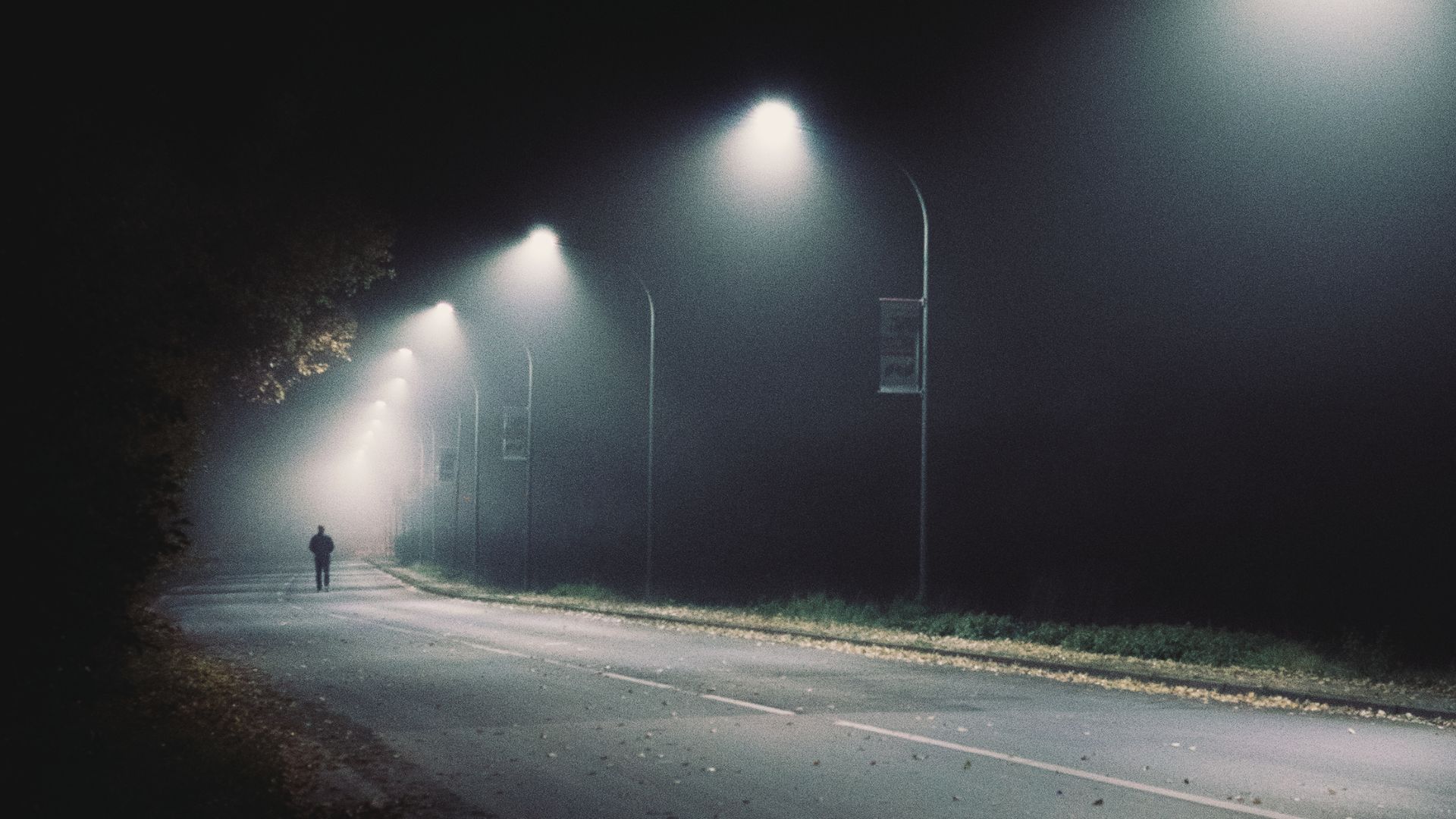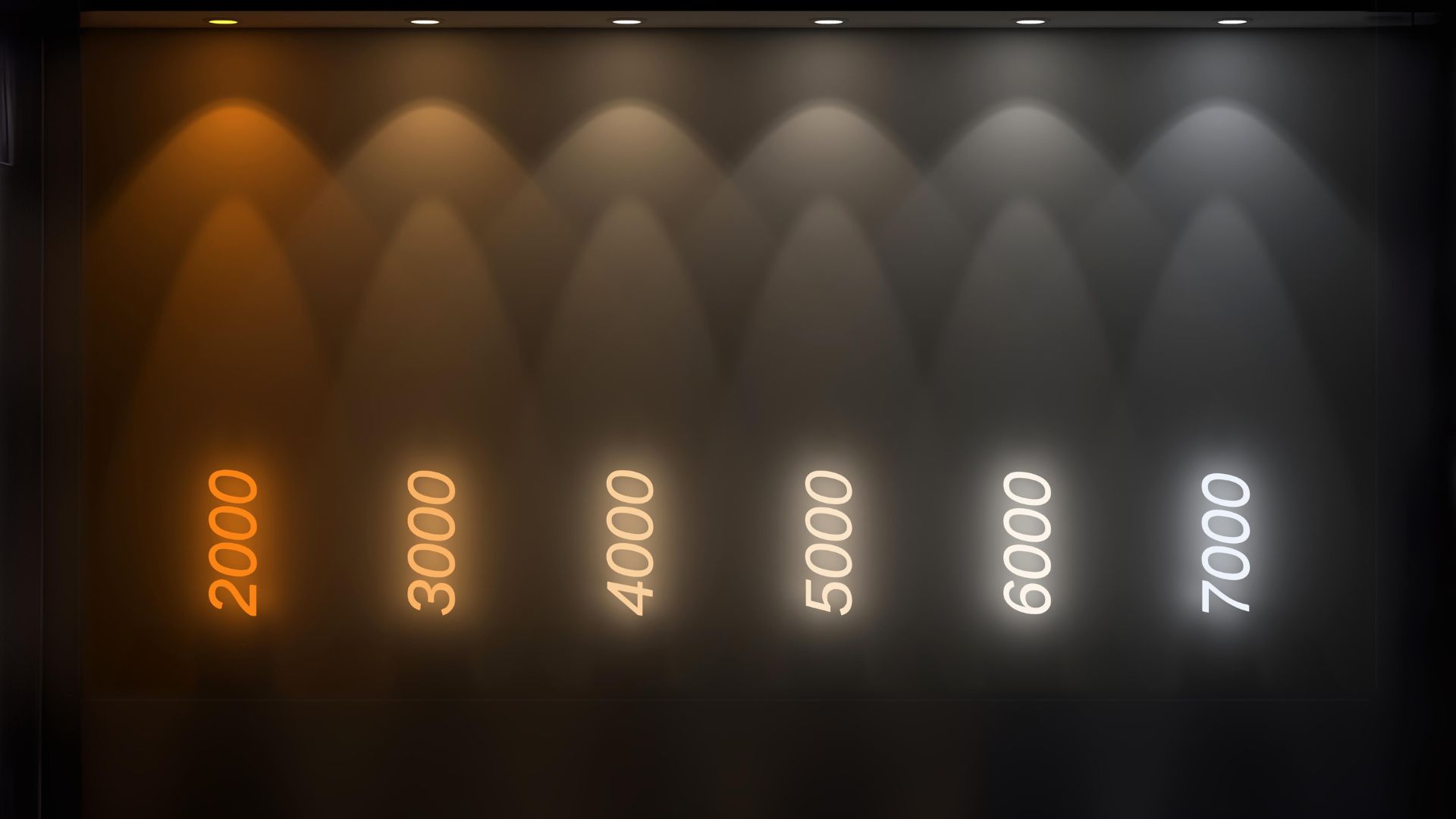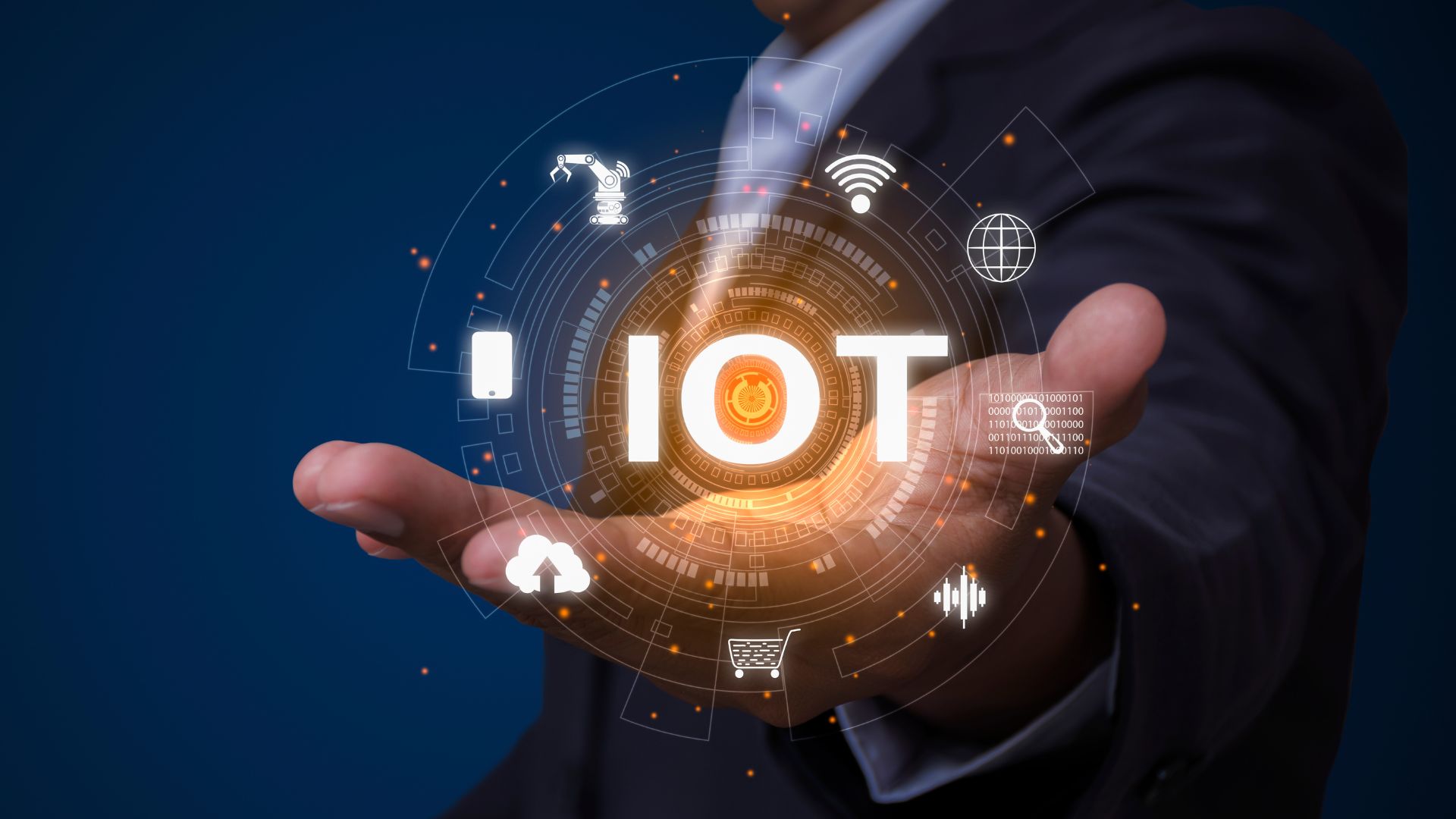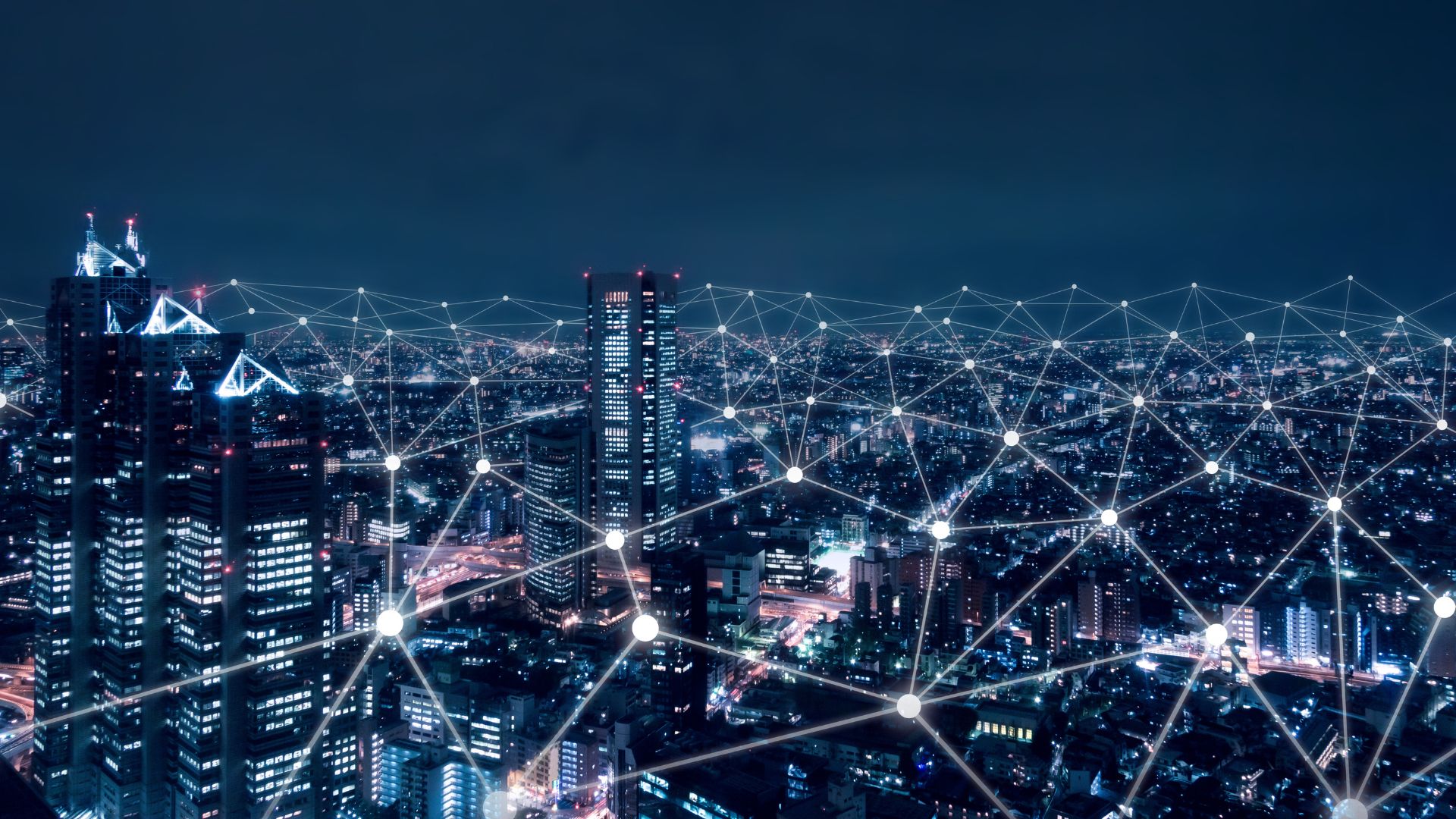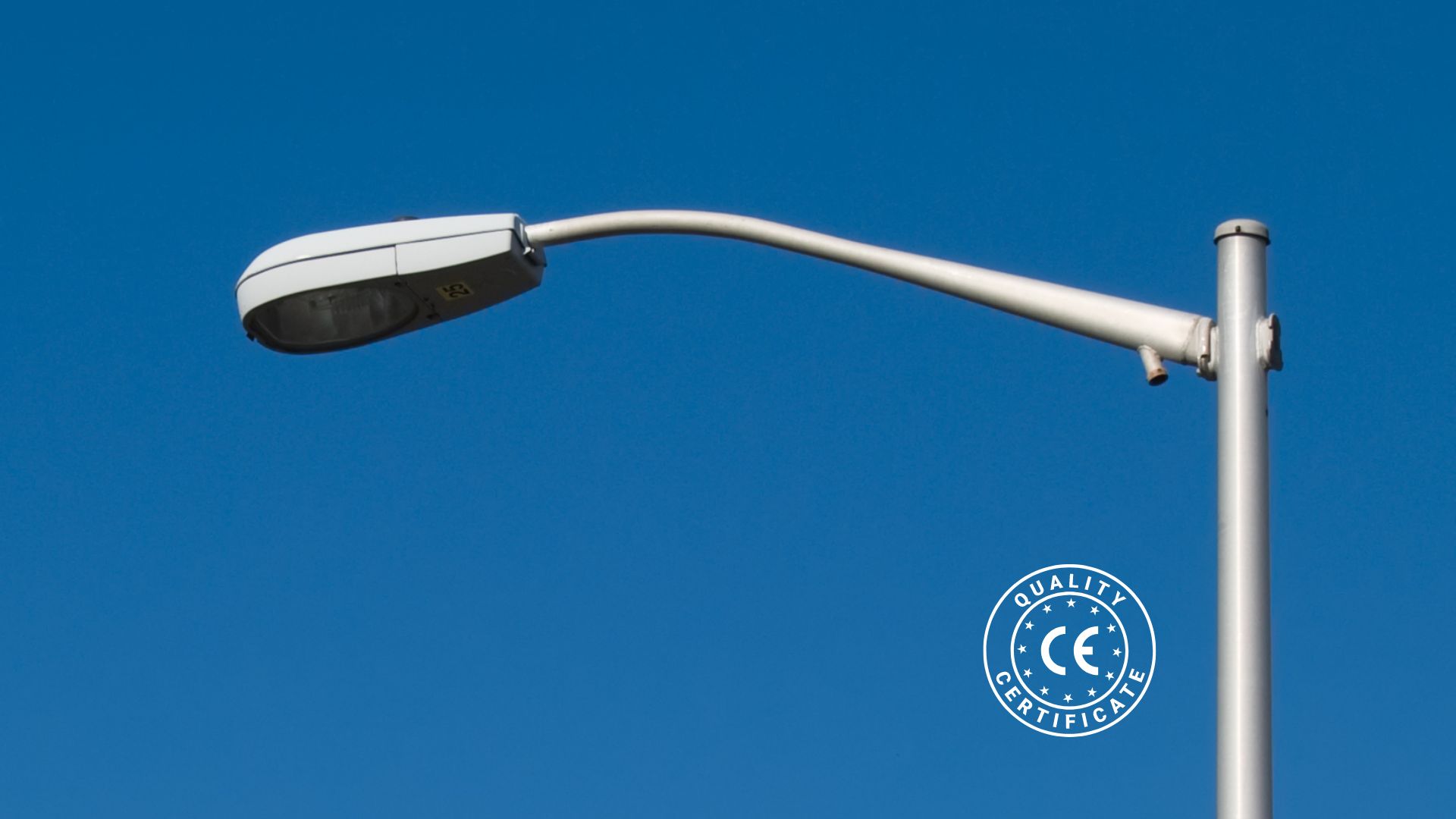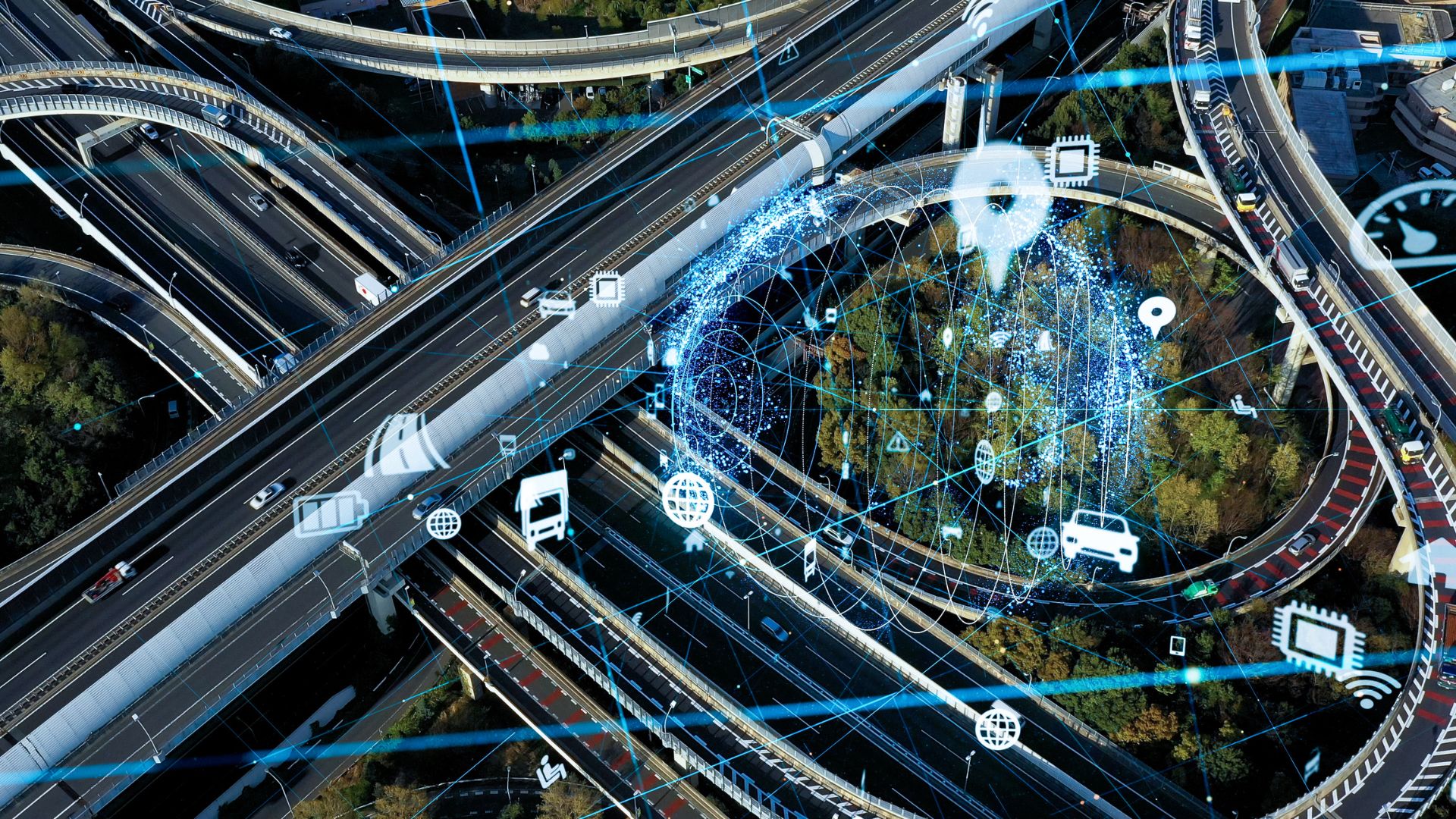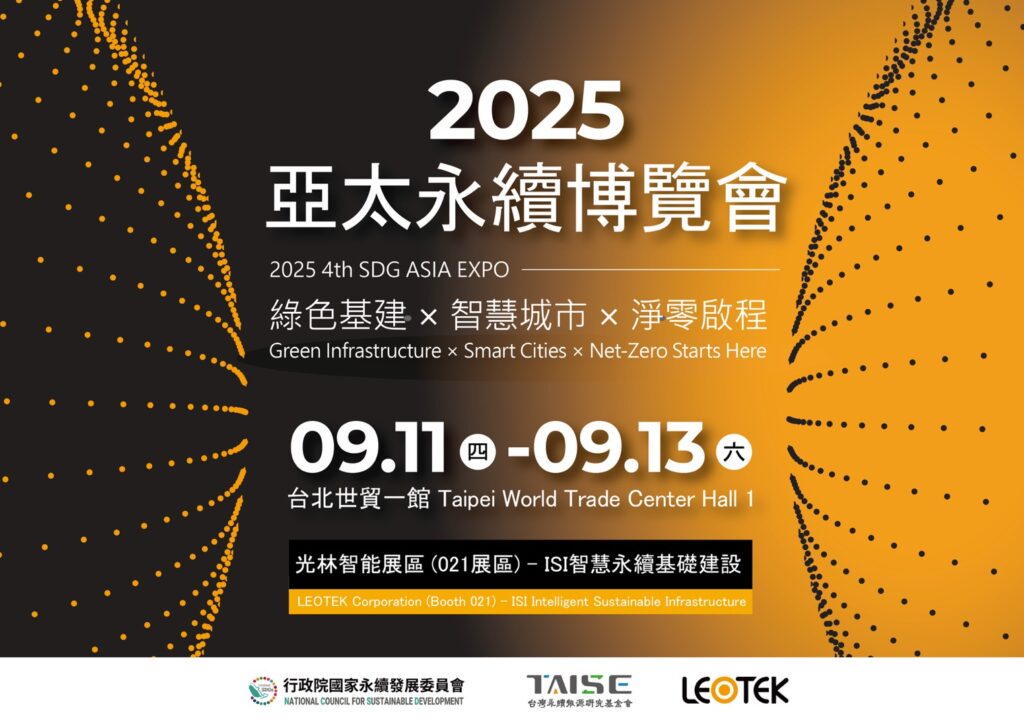Welcome to our roadway blog. Learn everything about LEOTEK here.

Smart Street Light
Unlike traditional streetlights, smart street lights offer a myriad of functionalities beyond mere illumination.

AIOPS
AIOps refers to the practice of using artificial intelligence (AI) and machine learning (ML) to automate and improve IT operations processes.

ITS & Smart City
The integration of the Internet of Things (IoT) in the fabric of smart cities marks a significant leap in how we perceive and interact with our urban environments.

Predictive Maintainance
Predictive maintenance, a term increasingly resonant in the modern industrial lexicon, represents a pivotal shift in how businesses approach equipment upkeep.
Calculating EPA: Mastering the Effective Projected Area for Optimized Fixture Placement on Light Poles, Luminaires, and Flood Lights
In the realm of outdoor lighting, understanding the Effective Projected Area (EPA) is crucial for ensuring both the functionality and safety of lighting installations. EPA is a key factor in designing and installing outdoor lighting systems, including light poles, luminaires, and flood lights. This concept is especially important in areas where wind load can significantly impact the stability of these structures.
Human-Centric Lighting Solutions – The Future of Human Centric Illumination
What is Human-centric lighting? In the realm of modern illumination, a paradigm shift is underway, moving beyond mere functionality to prioritize human health and well-being. This shift is embodied in the concept of human-centric lighting (HCL). As we delve deeper into this article, we’ll explore what human-centric lighting is, its evolution from traditional lighting practices, and the critical roles natural and white light play in this innovative approach.
What Are the Differences Between 3000K, 4000K, 5000K, and 6000K Color Temperatures?
What is Kelvin(K) value in lighting? When it comes to lighting, the choices we make can transform the ambiance and functionality of a space. At the heart of these choices is a concept not widely understood yet integral to every light source we encounter: Kelvin. This article aims to demystify Kelvin and its critical role in defining the color temperature of light bulbs, especially in the realm of LED technology.
Understanding Legal Frameworks: Navigating the Laws and Regulations of Smart Traffic Control Systems
What are the Laws and Regulations of Smart Traffic Control? Smart Traffic Control Systems represent a significant leap in managing urban mobility, utilizing advanced technologies like IoT, artificial intelligence, and real-time data analytics. Lets take a look at its’ legal certificates!
Unveiling the Mechanics of IoT and Smart City Technology: How It Works to Transform Urban Life
What is IoT and Smart City? How do they work? The integration of the Internet of Things (IoT) in the fabric of smart cities marks a significant leap in how we perceive and interact with our urban environments. This merging of digital and physical realms through IoT has set the stage for transformative changes, bringing about a synergy between technology and city life that was once considered futuristic.
A Guide to 5 LED Street Light Certification Standards and Mark.
what are the important street light certifications? In an era where energy-efficient and environmentally conscious lighting solutions are in high demand, LED street lights have emerged as a prominent choice for urban and municipal lighting projects. This article talks about the list of certificates you need to know!
Comprehensive Guide to Floodlight: Uses, Installation, and Benefits
Floodlights have become an integral part of modern lighting solutions, widely recognized for their robustness and versatility. Their ability to illuminate vast areas with powerful, broad-spectrum light makes them a staple in various applications, ranging from enhancing home security to lighting up sports stadiums.
The 7 Different Types of Street Lights and Their Unique Features
What are the different types of Street Lights? Street lighting plays a pivotal role in shaping the urban landscape and ensuring the safety, security, and functionality of our cities and towns. These illuminating systems not only extend the usability of public spaces well into the night but also contribute significantly to the overall well-being of urban communities.
Revolutionizing Urban Mobility: Intelligent Traffic Light Systems and Smart Traffic Signals
Intelligent Traffic Light Systems and Smart Traffic Signals
6 Ways LED Street Lights are Making Cities More Energy-Efficient
The transition to LED street lights from traditional lighting methods marks a pivotal change. Unlike their predecessors, LED lights consume significantly less energy and have a longer lifespan, leading to notable reductions in both energy costs and maintenance requirements. This is a crucial development in the face of rising energy demands and environmental challenges.
Share
Recent Posts
Article Category
- Careers (2)
- Eco-Friendly Lighting (4)
- Human-Centric Lighting (2)
- Intelligent Traffic Light Systems (8)
- IoT and Smart City (8)
- Law & Certificates (3)
- LED Light (7)
- LEOTEK's Case (19)
- Roadway Lighting (9)
- Traffic Signal Lighting (1)

